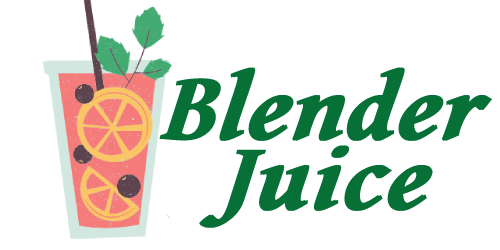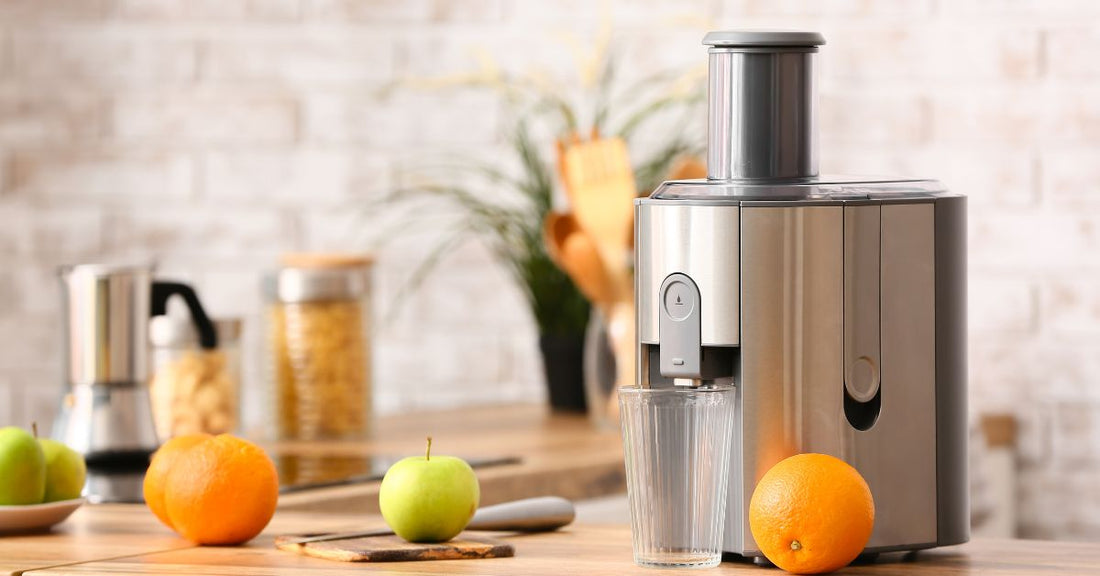Should I blend or should I juice? This is probably one of the most common question lurking in the minds of those who are taking their first steps to a healthy lifestyle. This problem occurred to me as I was debating which kitchen equipment I should buy - blender or juicer? I pondered whether this was a marketing scheme by manufacturers to get people to shell out more money. So to ease my mind that I was not walking into a well-laid marketing trap, I did my research and found to my surprise, that there are substantial differences that warrant such blatant consumerism.
Definition of Blending and Juicing
In juicing, the essence of fruits and vegetables are extracted. It is similar to wringing the water out from a sponge. Blending, on the other hand, is combining two or more ingredients which result in a somewhat pulpy concoction. It liquefies or emulsifies fruits and vegetables.
Blending vs. Juicing
Both blending and juicing turn whole foods into a liquid form. Their similarity ends there, however. Juicing and blending have fundamental differences, such as:
- Juicing separates the fiber from the juice, while blending incorporates it into the drink. Thus, juicing produces an almost entirely liquid drink while blending retains the pulp, resulting in a more coarse drink.
- As juicing extracts the essence, it requires more of the fruits and vegetables to fill a glass. Blending makes use of the entire fruit (with some exception), and therefore creates more liquid to drink. Cost-wise, juicing is more expensive than blending. On the other hand, you can easily get your recommended daily allowance with just a glass of juice. Blended drinks however, have a lot more fluff to it.
- You expend more energy drinking blended drinks because you need to digest the fiber. Pure juice is easily absorbed in the body and therefore requires less energy. However, blended drinks are more satisfying, and can sometimes be the meal in itself. Juice provides less satiety and cannot stand alone as a meal, unless you are doing a juice fast.
- Blending requires more preparation time while juicing takes up plenty of clean-up time. You chop, cut and prepare several ingredients while juicing leaves out the pulp for disposal. However, there are now recipes that lets you make use of the pulp. In this case, nothing is wasted.
- Their purposes are different. Juice is extracted to get the vitamins and nutrients. This of course, includes the natural sugar in fruits. Fruits and vegetables are blended to make use of the fiber.
- Finally, juice has to be consumed right away so as to prevent the oxidation of nutrients.
Blending and juicing produce different results. This does not mean that you have to choose over the other (although this means you have to buy both blender and juicer). Both processes have their advantages and disadvantages. You can reap the benefits of both by alternating them.

